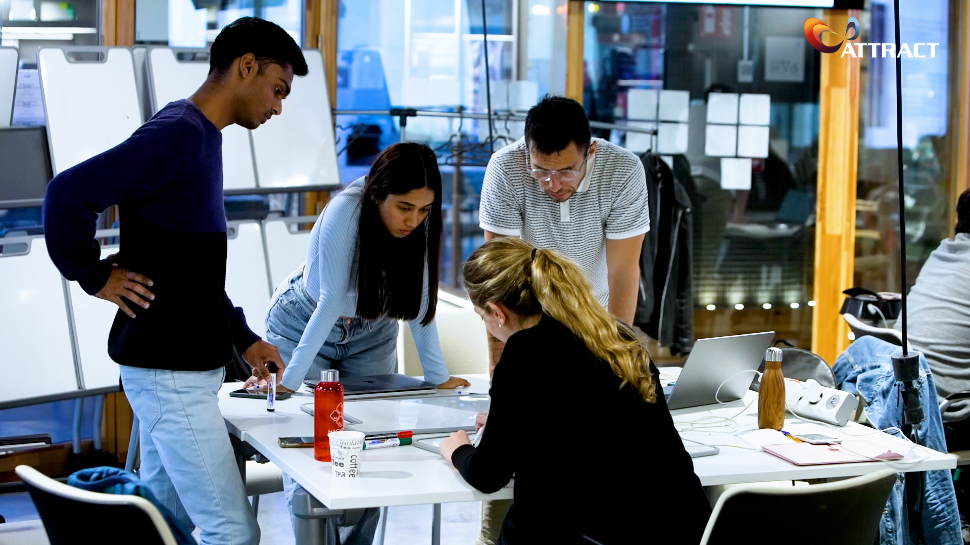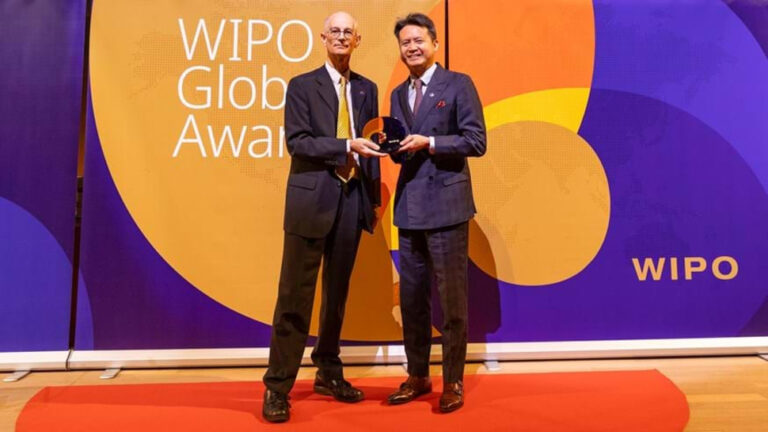The Challenge Based Innovation for Artificial Intelligence (CBI4AI) is a program under ATTRACT Academy which brings together multidisciplinary teams to work on technologies developed by the ATTRACT R&D&I projects, matching these with specific human needs and societal challenges.
The purpose of this program is to deliver a unique learning experience to the students as they work together with researchers. Furthermore, they can propose innovative applications for the technologies they explore and therefore develop solutions through the use of Artificial Intelligence and focusing on society.
Discover more about the CBI4AI program through this interview with a teacher and a student that participated in the second round of this program:
Mabel Lazzarin
Program Leader – Master in Interaction Design IED
Which university and courses are part of your consortium and what brings you all together?
The program is a collaboration between Esade, IED and UPC mixing faculty and master students with design business and engineering backgrounds. And what brings us together is our belief in the power of collaboration to create a positive impact.
How do you think society will benefit from this project?
During the program, the students develop solutions for problems that are deeply relevant to our society such as health treatment, energy, safety, food waste, and immigration, and they connect to local authorities, and organizations that really can help can make these ideas come to life.
How do you envision participating in this project will contribute to your personal and professional development?
I am deeply inspired by our students and also the faculty members. I feel that during this program we had time to discuss the consequences of the designs we are creating, but also the ethics of applying certain technologies. And this is something that sometimes we don’t have time to apply in day-to-day projects. And for me, this is something that definitely I want to bring to my personal development.
Gabriel Marí
Business Analytics Master student at Esade
How do you find working with the R&D&I projects?
I think that the most interesting part of working with these projects is not only working with people from different backgrounds since it really helps you to think in a different way, but also, working with technologies that you really think can have a social impact, but the researchers don’t really know how to bring it into reality.
How do you think society will benefit from this project?
Our team was focusing on the beginning in two different technologies: POSICS2 and Random Power, but we were developing two different solutions. We decided to merge POSICS2 and Random Power to come up with a different one, which was the detection of tumours, but also creating 3D models with AI in order to forecast or do prognostics of how this tumour is going to grow, which is going to be very beneficial for the medical industry in order to apply the correct treatments to cancer patients.
How do you envision participating in this project will contribute to your personal and professional development?
What I think that this project brought me was basically to learn how to communicate and understand people from other professional backgrounds I’m really focused on business analytics, for example, and working with people that are in the data scientists field really helped me to understand part of my work that I didn’t know. And also, just like in the personal field, I think that I’ve met people who are very incredible and even friends of mine are thinking about doing some entrepreneurial projects later with people from engineering or design. So, I really think that this can bring a lot of value to us students.
For more information, visit the CBI4AI program site.


